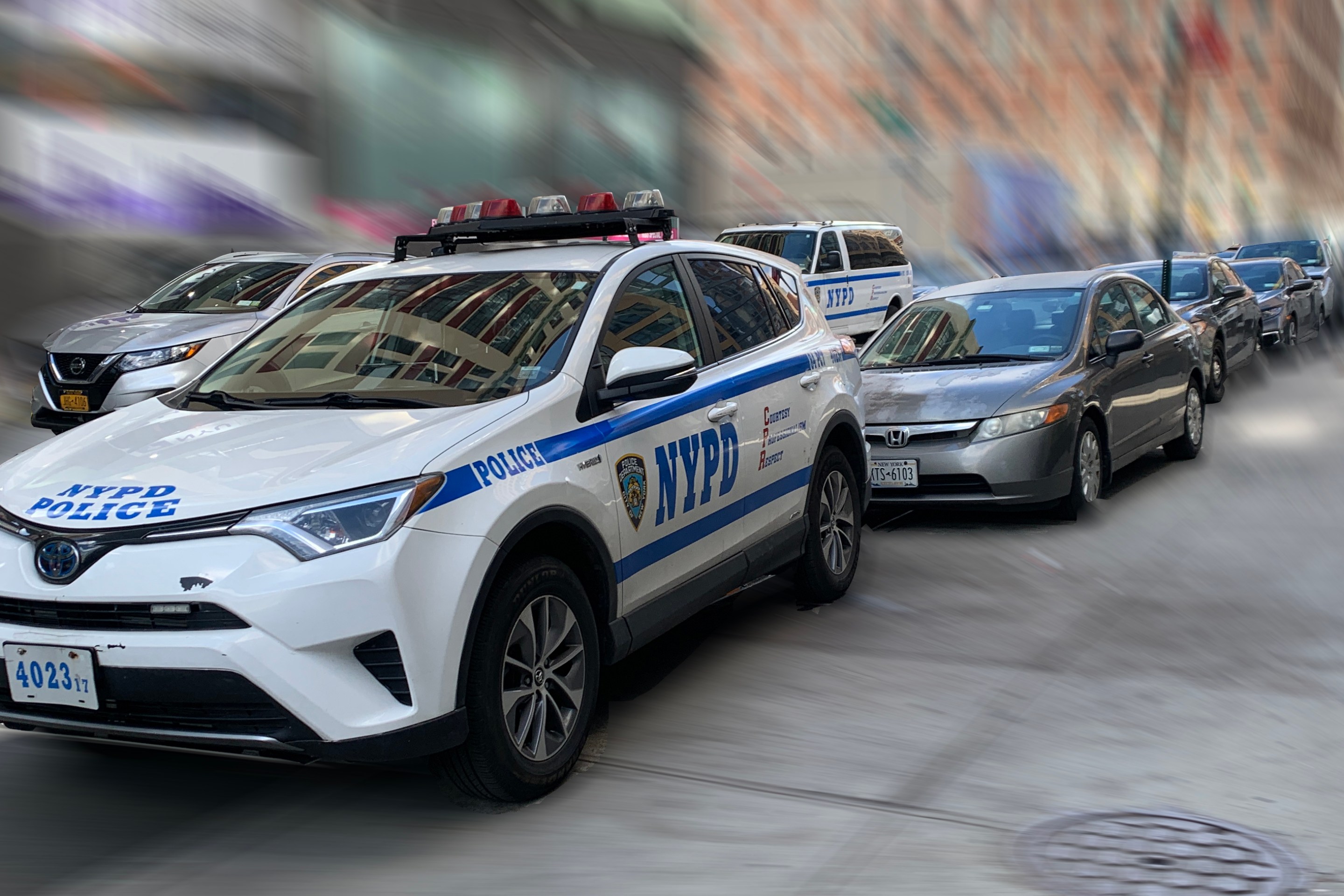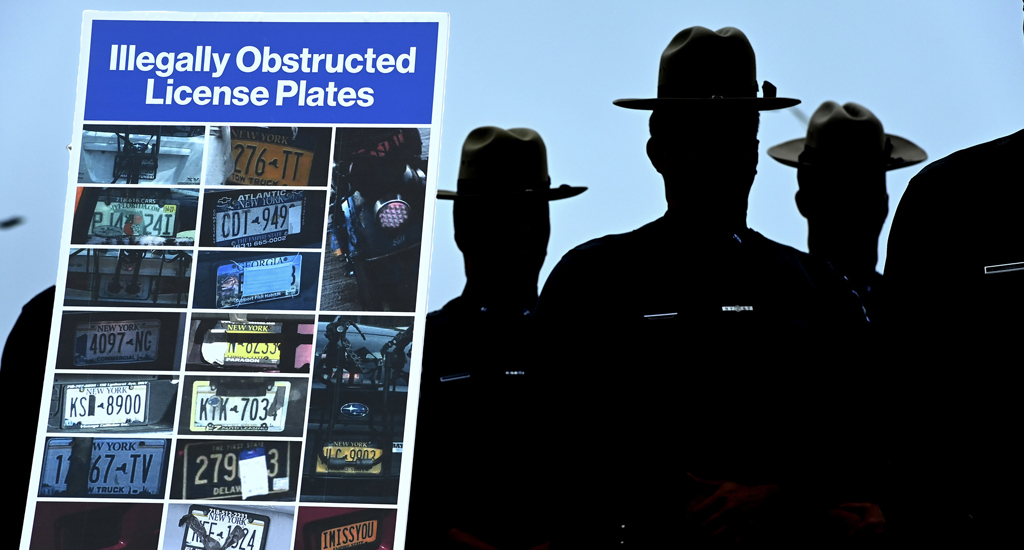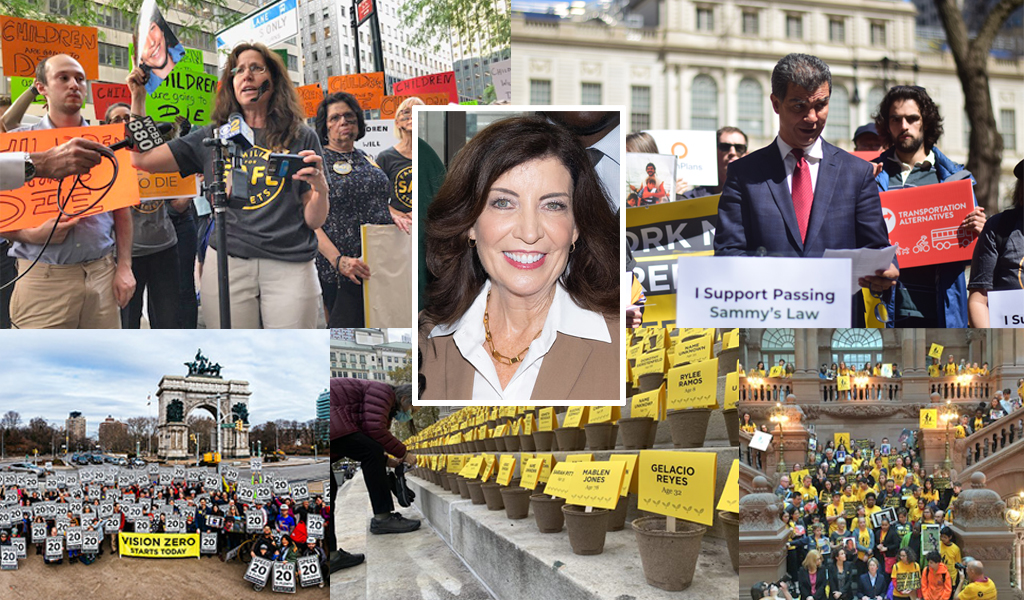The first time I counted bicycles in traffic was in 1988. There were rumors that Mayor Ed Koch was going to reinstate the Midtown bike ban that a judge had set aside the previous summer. As president of Transportation Alternatives, I dispatched a team of volunteers to Midtown avenues with clipboards and stopwatches. Our finding that bikes accounted for 8-10 percent of vehicles in Midtown traffic was independently confirmed by the city DOT commissioner. With cycling's presence statistically validated, talk of the bike ban faded.
Several years later, as I was helping finish up TA's Bicycle Blueprint, I gave myself a much harder task: to estimate the number of cycle trips in all of New York City over the course of a year. "We are traffic" was the new mantra, and it was time to take bicycle quantification to the next level.
The lone available datum, though, was DOT’s "screenline" count of 10,930 bikes crossing into or out of Manhattan south of 50th Street on a single day in 1990. I held my breath, made a bunch of heroic assumptions (e.g., how many Central Business District cycle trips never cross the screenline for each one that does, how cycling’s share of each borough’s total traffic compares to the CBD), and built an algorithm that extrapolated the screenline figure to the entire city.
My estimate: In 1990, 75,000 New Yorkers took a total of 265,000 cycle trips each day. Despite the guesswork, even a rough estimate was preferable to leaving the screenline figure to represent cycling citywide.
Fast forward to this year, when TA asked if I could update my estimates. I dusted off the algorithm and plugged in DOT’s latest screenline count, taken in 2009. The apparent finding was that on an average day last year, 236,000 people rode bikes for 1.8 million miles. Last month, though, when the Times’ David Goodman asked me to walk him through my calculations, I spotted a glitch: the city’s bicycle infrastructure and demographics had changed -- in particular, the CBD's share of overall city cycling had almost certainly fallen -- but I hadn’t updated the ratios by which I extrapolated from trips crossing the screenline to trips within the CBD and in the boroughs. Realizing this, I backed away from my numbers, which contributed to the budding controversy here on Streetsblog and in the Times.
To firm up my numbers, I devoted much of last week to expanding and tightening my model.
To more precisely account for the dropoff in cycling in the fall and winter, for example, I drew on estimates of seasonal variations from Charlie McCorkell, the engineer and bike store impresario who has been observing cycling trends here since the 1970s. Charlie also helped me quantify weekend cycling, which bumps up the averages (as does nighttime cycling, which the DOT also doesn’t count).
Most important, I downgraded my ancient estimate of the ratio of cycling inside the CBD to screenline-crossing cycling, and I set Brooklyn's bicycle mode share closer to Manhattan's. (Figure 3 in Rutgers Professor John Pucher’s impressive new paper on NYC cycling [PDF] was also helpful on that score.)
The revised model produces these numbers:
- On an average day in 2009, an estimated 201,000 different people rode bicycles in New York City. Their trips covered almost 1.7 million miles.
- Estimated bicycle miles traveled are now (in 2009) 2.5 percent as great as motor vehicle miles traveled in the five boroughs. Based on that estimate, and averaged across the city’s streets, highways and greenways, 1 out of 41 vehicles in motion is a bike.
- With three-year increases (2006 to 2009) of 75 percent in the number of people riding and 82 percent in bicycle miles, cycling in New York is booming like never before.
The last finding comes directly from the DOT’s screenline counts (PDF, see page 2), which are now taken on ten different days and show an average increase of 79 percent for the same three-year period. My estimates of 75 percent more NYC cyclists and 82 percent more city cycling pivot directly from that screenline increase, and will have to stand as a proxy for overall growth in cycling until the DOT broadens its bicycle counts.
I regret waiting so long to update the assumptions in my model, and I apologize for sowing confusion. But I’m heartened by the attention. We used to say, in the bygone days of bicycle advocacy, that a guy taking a bike ride could invent a cure for cancer and the “b-word” would keep the story out of the papers. Now the world is interested in bicycling quantification, and I’m delighted.
Can the model be improved? I’m sure it can. I invite you to take a close look at my algorithm, and I look forward to comments and suggestions. Of course, the best response would be for DOT to expand its counts geographically, not to mention seasonally. Part of mainstreaming cycling, as we termed it in the Bicycle Blueprint’s subtitle, is removing the guesswork from estimating it.
Until then, or until a better extrapolative model appears, I offer my estimate for 2009 of approximately 200,000 daily cyclists as rough but reasonable. And I believe the three-year increase rate of 75-80 percent is solid. The boom in NYC cycling is real.




